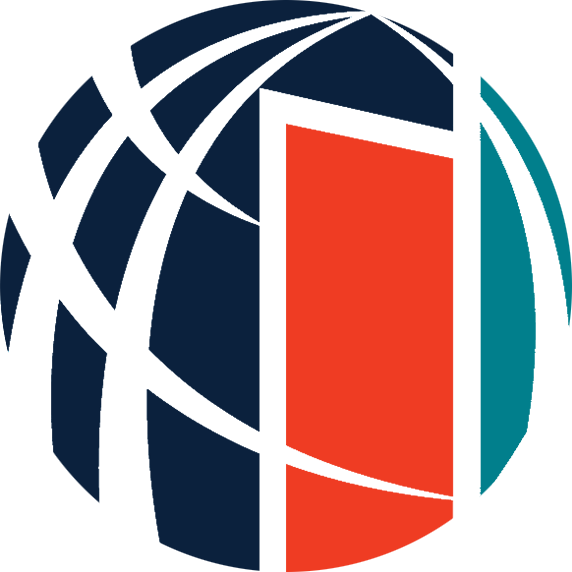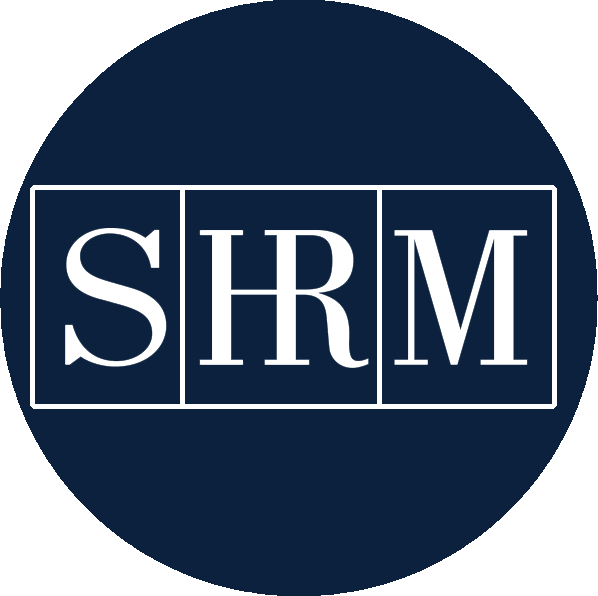Hybrid is the hardest
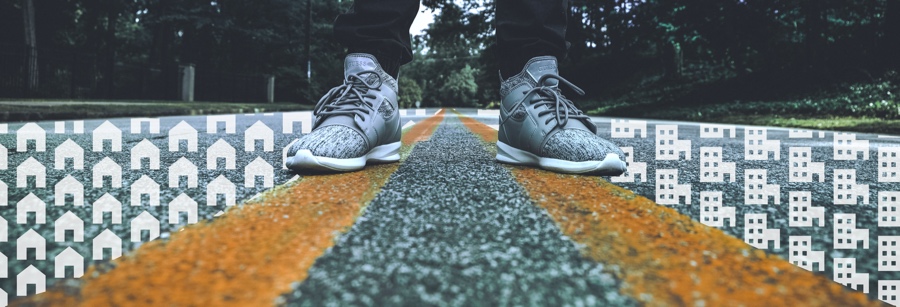
If a thing is worth doing, it's worth doing well
You’re vaccinated and boosted, and the office has reopened. You’re told you can go back full-time, part-time, or not at all. Even once Omicron has passed, you know you’d prefer to drop-in on the days when it’s with a purpose—when you've scheduled a meeting or are having difficulty focusing at home. But your boss is pushing for a full return. You want to keep advancing in your career. Will your contributions be devalued? will it seem like you’re not a good employee, if you choose not to go back full-time? What if most of your colleagues go back?
Two years of pandemic-fueled work disruption has clarified something we already suspected—hybrid is hardest. We talk about why it’s worth the effort in On Our Minds.
On our minds
We’ve been working in-office for decades, the early days of COVID taught us that large-scale remote work can be successful, but the hybrid model is still uncharted territory. And like most new things, it’s hard at first.
Hybrid models, in which organizations commit to enabling their workforce through a blend of in-office and remote work, will require innovative tech solutions and creative approaches to infrastructure, but that’s not what we mean when we say it’s the hardest. We mean it’s the hardest in human terms, in managing relationships and meeting individual needs. That’s both because hybrid requires constant attention to the inherent biases of proximity, and must address something that in-office models often didn’t; employees are, in fact, individuals.
Hybrid work may require us all, especially managers, to learn new skills and adjust our approach. Hybrid requires customization and flexibility, which is the opposite of how many companies have traditionally functioned. One-size-fits-all solutions never really fit all—including those who have neurological or physical divergences, who are caretakers, who have long commutes, who identify as gender nonbinary or otherwise queer, who are more likely to experience harassment from colleagues (or simply the stress of being persistently othered), etc.
Since the management EQ required for such truly personalized work options hasn't always been a highly valued skill or incorporated in most corporate management, some are still trying to approach telework options with blunt tools and blanket policies. A hybrid approach would accommodate employees’ specific needs rather than forcing every employee with a certain position or at a certain level to return, while offering flexibility to others, or rather than mandating which days an employee should come in.
Of course, there is a subset of the working population for whom the old model worked well—largely cishet white men without many outside obligations. Consider asking all employees to work remotely at least one day a week, in order to keep everyone in touch with and empathetic about each type of experience.
The US’s over $2 billion online therapy market (expected to grow to $23 billion in the next six years) demonstrates that it is very possible to have high levels of intimacy, collaboration, and conversation via remote tools. This disproves a common myth about remote or hybrid work—that relationships among colleagues will suffer. But one thing that we’ve learned from hybrid teaching is that it’s difficult to manage people who are scattered and working under diverse conditions, and that adding new people to established networks is a challenge.
If you do have workers who prefer in-office and others who prefer remote, it may make sense to have their direct supervisor be someone who makes a similar choice—a mostly in-office manager to oversee the in-office workers, and a remote manager to oversee the remote workers. This can also ensure that remote employees aren’t deprived of enrichment opportunities, such as mentorship, just because in-office managers find it more convenient to work with in-office employees. (For the record, not all mentorship has to come from managers. But all organizations should have some sort of built-in mentorship track.)
Like everything else involved with hybrid, management has to become more customized. This may also mean a flatter or a more holacratic (employee driven and defined) management structure.
Holacracy, as well as the hybrid model overall, gives people more control over their day-to-day experiences. Employees given autonomy, who feel they have their colleague’s trust and confidence, are happier and more engaged. They feel more ownership over their work and are less prone to burn-out.
Another way to ensure parity among workers is to enact a “one Zoom, all Zoom” rule (or a variation thereon), which companies such as Zillow have already put into place. This is a policy to safeguard against a meeting being dominated by in-person attendees; if one employee is signing-on remotely, all employees will attend remotely, even if they are in-office.
Variety isn’t just the “spice of life,” it’s also a key principle of design it's the foundation of our belief in the value of multi-sensory design. Among other things, during the pandemic, many of us discovered that we own our time—not our bosses, not our friends, not our other commitments. Now, we need extra incentive to take on the added stress that being in public entails.
Right now, we are in the midst of a fundamental shift, such as when we moved from fields to factories, when WWII brought women from the home to the workplace, and in the 90s, when the PC changed practices from analogue to digital. If we don’t take this time to slow down, get comfortable with trial and error, and truly examine and try to right the wrongs of our old workplace models, we are missing a huge opportunity to increase worker happiness, retention, and productivity. And the truth is, eventually, companies that don’t adapt will become obsolete.
The key drivers of what workers want—intellectual stimulation, a cultural fit, a purposeful job, and fair financial compensation—haven’t changed. But the way workers define these, specifically the cultural fit aspect, has changed. In the past, those who didn’t fit a cookie cutter model were told to make it work or move on, which is a fantastic way to squander a lot of talent and innovative thinking.
Hybrid is hardest, but once we get over the growing pains, hybrid will be worth it.
From the archives
January is all about changes, big and small. Last January, we wrote about why some people may welcome an (at least part-time) return to the office. The year before, we were asked by the AIANY Social Sciences and Architecture Committee to present on how workplace data can help us design better spaces. This time in 2019, our newsletter was about getting your workplace into shape—in terms of performance and physical environment.
As a collective, workers haven’t had time to make hybrid memes yet, so we’ll leave you with memes that poke fun at returning to the office, as well as memes that remind us of the pitfalls of working from home.
In Case You Missed It
December can be crazy. Here are a few things you may have missed in the recent and not-so-recent hullaballoo.

COVID Smart Tech 2.0
In this 2022 trend piece, PLASTARC weighed in on how COVID-related tech will be reused once the pandemic threat has passed.

Humanizing Disruption
We spoke at a recent Worktech NY conference that examined how we can capitalize on this moment of workplace disruption to better serve the diverse, individual needs of employees.

he Impact of COVID on AEC Firms
Curious how COVID has affected staffing and salaries at AEC firms? Appleseed Strategy just released a report.
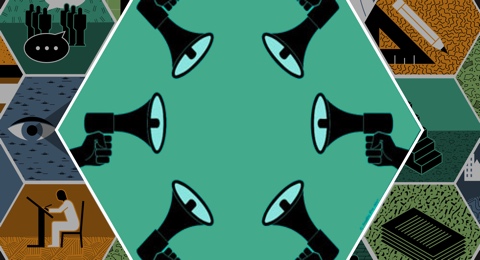
Decolonizing Design
AIANY’s SSAC invited community-minded designers to discuss how working as a collective can better serve those who’s needs have often been devalued in design spaces.

Healthy Habits
The New York Times writers compiled their best wellness tips from 2021, to get you through 2022.

Celebrating Architect Richard Rogers
The prize-winning architect who pioneered exposed building services, think Centre Pompidou, died in December
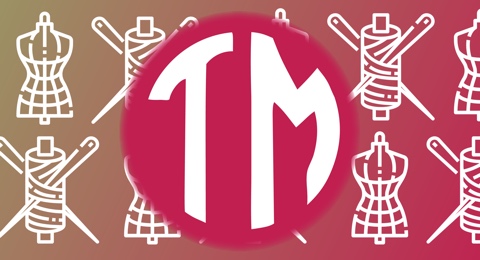
Remembering Influential Fashion Designer Thierry Mugler
Thierry Mugler, whose structural designs have been worn by celebrities for five decades, died last weekend.

Hello 2022, Happy New Year
Our PLASTARC team welcomes the new year, thanking family, friends and customers for all your support.
Looking Ahead
Happy New Year! January is a great month to get organized and make short and long-term plans. Here are some choice events that may fit your 2022 schedule.


